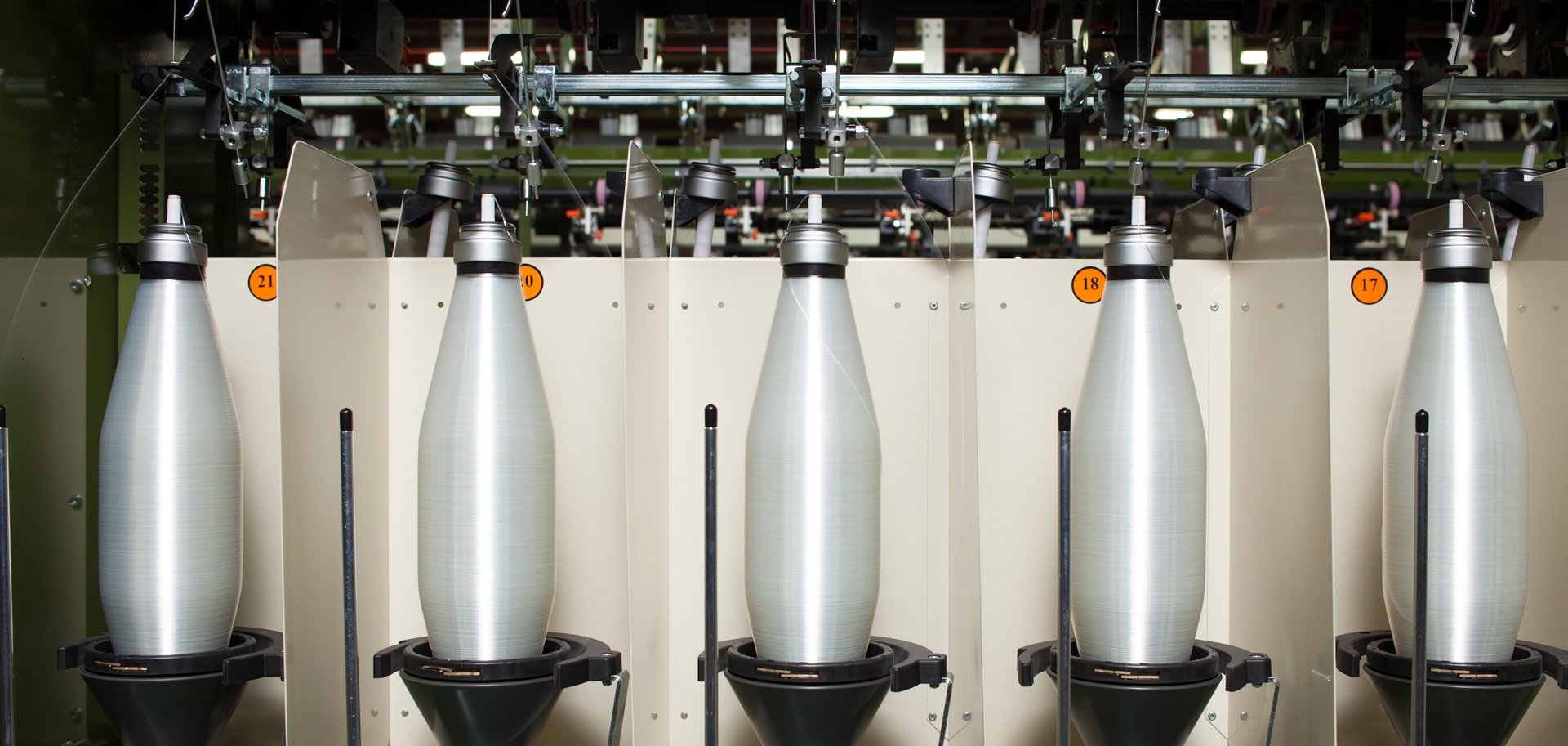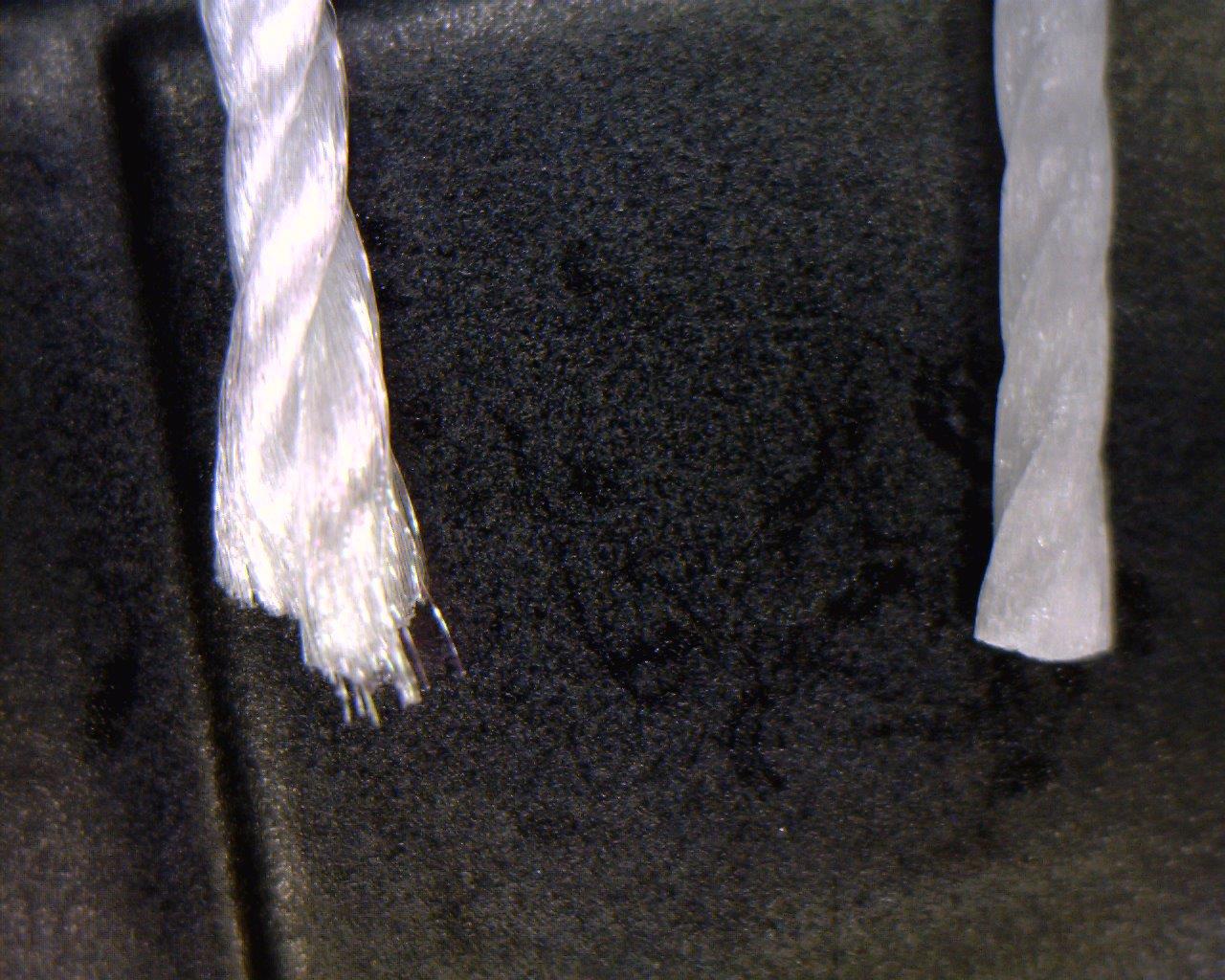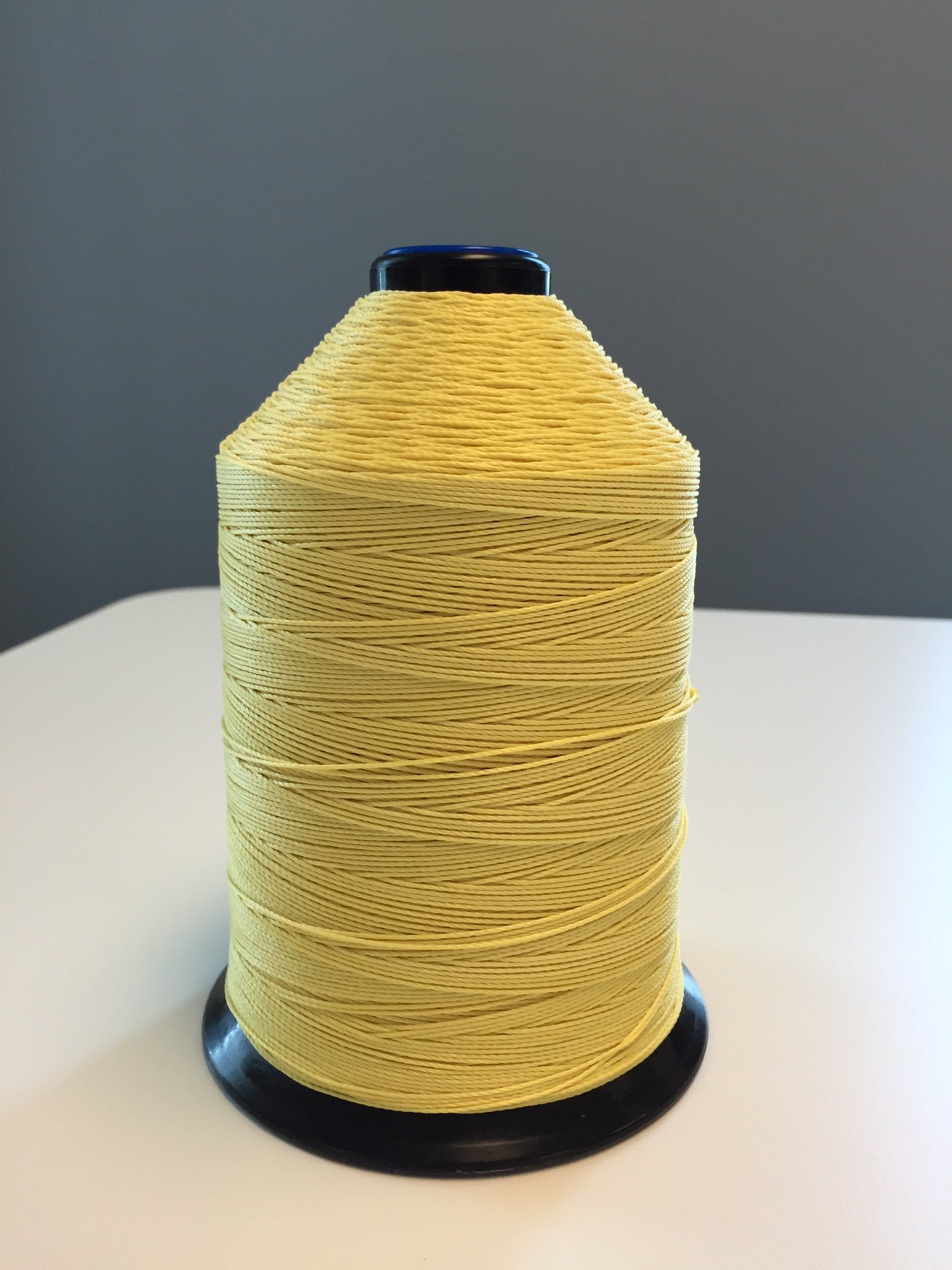Multifilament nylons, polyesters and aramid yarns go through a series of twisting and winding steps during the sewing thread manufacturing process. The twisting process is generally required to convert any yarn into a thread that can be used for sewing, but bonding, an additional process step, may not be needed depending on the size, use and industrial application.
Posts by Steve Zande
- By Steve Zande
- 06/30/15
- 0 Comments
Some of the higher priced industrial yarns and threads available are made from Dupont™ Kevlar® fiber. As the pioneer aramid fiber, DuPont™ Kevlar® is specified for some product applications with a long qualification process, however, some industrial applications can benefit by looking at alternative aramid yarns and threads.
Read more- By Steve Zande
- 07/26/12
- 2 Comments

More and more webbing manufacturers are using nylon rather than polyester. We’ll discuss why and how to make the switch if you’re considering it.
Read more- By Steve Zande
- 07/02/12
- 0 Comments

Good news! Fiber prices have stabilized, and the future is looking bright.
What a ride we have experienced since yarn and fiber prices started their upward trend in the fall of 2010. (Is there anyone out there who didn’t feel the burn?) After reaching peak prices in the third quarter of 2011, there is finally some good news.
Read moreSteve Zande

Recent Posts
Multifilament nylons, polyesters and aramid yarns go through a series of twisting and winding steps during the sewing thread manufacturing process. The twisting process is generally required to convert any yarn into a thread that can be used for sewing, but bonding, an additional process step, may not be needed depending on the size, use and industrial application.
Read more
Some of the higher priced industrial yarns and threads available are made from Dupont™ Kevlar® fiber. As the pioneer aramid fiber, DuPont™ Kevlar® is specified for some product applications with a long qualification process, however, some industrial applications can benefit by looking at alternative aramid yarns and threads.
Read more
More and more webbing manufacturers are using nylon rather than polyester. We’ll discuss why and how to make the switch if you’re considering it.
Read moreWill Yarn Prices Stay This Way?
- By Steve Zande
- 07/02/12
- 0 Comments

Good news! Fiber prices have stabilized, and the future is looking bright.
What a ride we have experienced since yarn and fiber prices started their upward trend in the fall of 2010. (Is there anyone out there who didn’t feel the burn?) After reaching peak prices in the third quarter of 2011, there is finally some good news.
Read more


